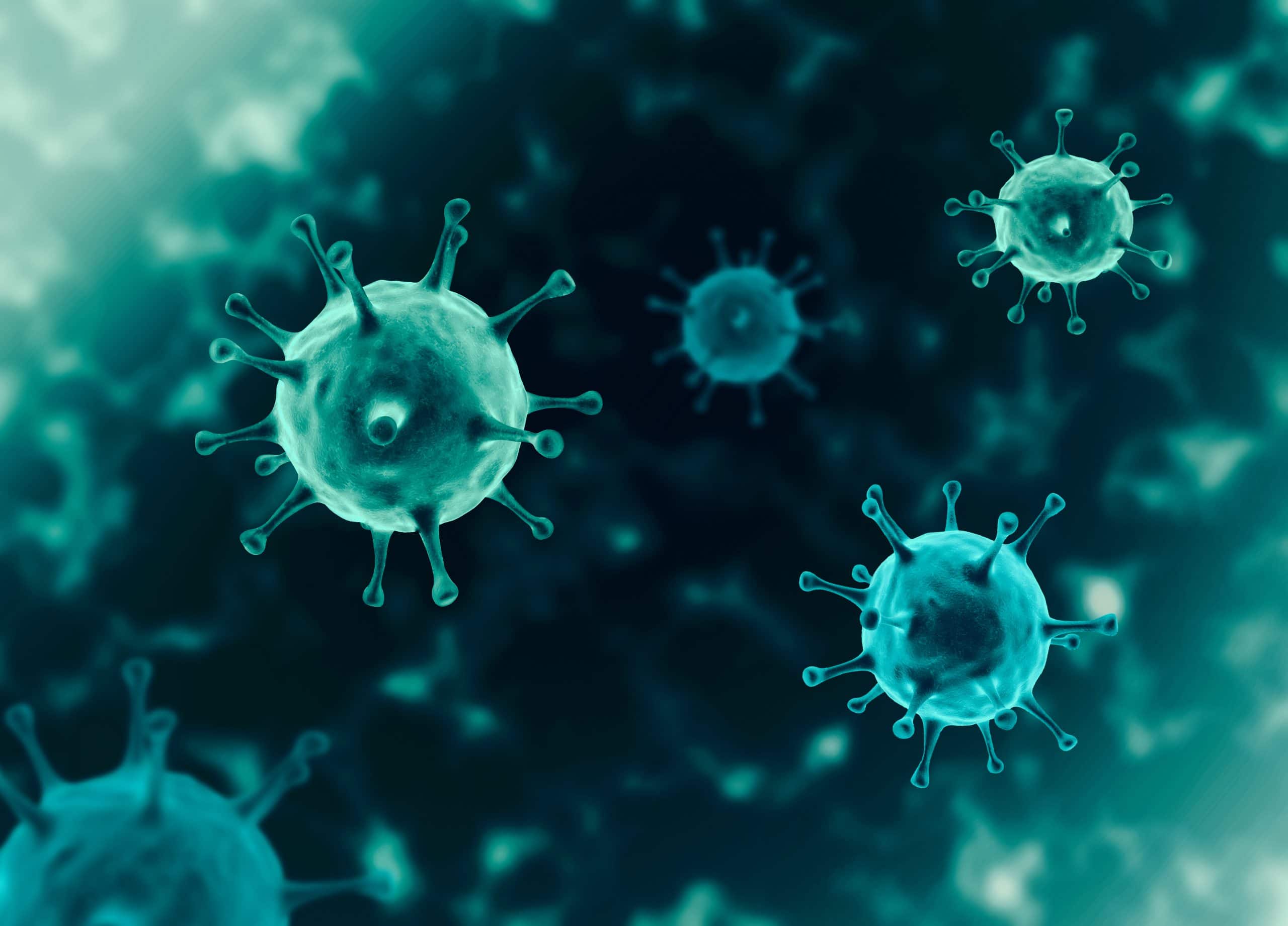FAQ
Monitoring the Latest COVID-19 Developments

Since the start of the pandemic, Private Health Management has been committed to keeping our clients informed of the latest COVID-19 developments, providing access to tests, diagnostics, and therapeutics. As of May 17, 47.3 percent of the U.S. population has received at least one dose of COVID-19 vaccine while 37 percent of the U.S. population has been fully vaccinated. Today, 90 percent of all Americans have a vaccination site within 5 miles of where they live. Here is information you need to know about COVID vaccines, variants, long COVID, and other hot topics.
VARIANTS

What is the latest development of the variant in India?
The B.1.617 coronavirus variant of concern, sometimes referred to in the media as the “double mutant”, was first identified in India in October of 2020. As of May 13, 2021, B.1.617 is the dominant variant circulating in India, and has been identified in at least 47 other countries including the United States. B.1.617 is considered a “variant of concern” because there is evidence suggesting that the mutations that define it increase viral transmission and facilitate its ability to evade detection by the immune system.
What is the latest development on mutations?

Mutations are a natural part of the evolution of a virus; every time a virus replicates, it has an opportunity to mutate. So, the emergence of variants in the coronavirus pandemic is not surprising or unusual. The term double mutant, often used to describe B.1.617 in India, is not particularly scientifically accurate, as most coronavirus variants have several mutations when compared to the original COVID-19 strain. Notably though, there are two key mutations in the B.1.617 variant, L452R and E484Q which likely makes it more transmissible and more serious. These two mutations, or similar ones, have been found separately in other coronavirus variants, but never together in the same strain. A third mutation, P681R, is similar to the mutation that is in the UK variant (B.1.1.7). Together these three mutations help define the behavior of the B.1.617 variant and make it possible to track its spread and prevalence across the globe.
Why is there a higher rate of transmission in India?
Though available data are still limited, the B.1.617 variant may be spreading at a higher rate than other variants in India. This is supported by preliminary studies suggesting that the L452R mutation may enhance the ability of the COVID-19 virus to infect human cells. Although India was seemingly on the road to herd immunity after significant numbers of infections in the summer and fall of 2020, relaxation of social behaviors that limit spread are likely also playing a significant role in fueling the current outbreak.
Will the B.1.617 mutation in circulation today make the current vaccines less effective?
Several studies have linked two, if not three, key mutations in B.1.617 with an increased ability for the virus to evade the immune response after vaccination or previous COVID-19 infection. It is possible that current vaccines may have reduced efficacy against this variant. However, the two most widely utilized COVID-19 vaccines in India, Covishield from Oxford-Astra Zeneca, and Covaxina, developed by Bharat Biotech in collaboration with the Indian Council of Medical Research, have both shown efficacy against B.1.617 infections and have led to a milder illness in case of infection post vaccination.
PROTECTION
How long does the COVID-19 vaccine provide immunity?
Currently, the data supports that vaccination provides a high level of protection against COVID-19 infection for at least six months and levels of antibodies are also maintained over that time period. Over the next several months, data from longer timepoints will become available and inform whether protection lasts even longer. This duration of protection is subject to the ability of variants to chip away at the immune protection. It will be important to continue studies on the impact of variants and the efficacy of booster shots to help shape our long- term strategy for protection from COVID-19 infection and determine when boosters are required to stay ahead of the evolving coronavirus.
If there are boosters, what forms are they likely to take?
It is reasonable to expect that booster vaccines may be needed before the end of 2021 and likely will become an annual offering in 2022 similar to the flu vaccine. Moderna has already reported promising early clinical trial data from an updated booster that targets the variant that originated in South Africa, B.1.351. The SARs-CoV-2 virus is evolving and acquiring mutations that increase the ability of the virus to become established and spread within the global population. At present, no variants have been reported that entirely evade immune protection from the currently available vaccines; however, early data suggests that the level of immune protection may be reduced against some of the variants of concern. This, coupled with the uncertainty around the durability of immunity provided by vaccinations over time, suggests that booster doses, either of the original vaccines or updated versions that specifically target the variants of concern, may be needed to combat future variants and enhance immunity in general.
Are vaccines available for children?

The Pfizer-BioNTech vaccine has now been approved under Emergency Use Authorization for anyone 12 years and older. There are ongoing studies with this and other vaccines to demonstrate safety and efficacy against COVID-19 in younger children as well. The Moderna vaccine is currently running a trial vaccinating children as young as six months of age. We expect that vaccines will be approved for all ages within the next six months, barring unforeseen issues.
There seems to be conflicting messages about when and if to wear a mask if you are vaccinated. What is your recommendation?
The CDC has just announced relaxed guidelines for vaccinated individuals, essentially allowing those who are vaccinated to abandon masks and physical distancing in most situations. This guidance is subject to state, local, and workplace mandates. While vaccines are proving to be very effective in protecting against “breakthrough” cases, it is still advisable to exercise caution and consider wearing a mask when indoors in situations with high exposure risk, at least until a higher level of vaccination has been achieved.
* Always seek the advice of your physician or other qualified health provider with any questions you may have regarding a medical condition.
